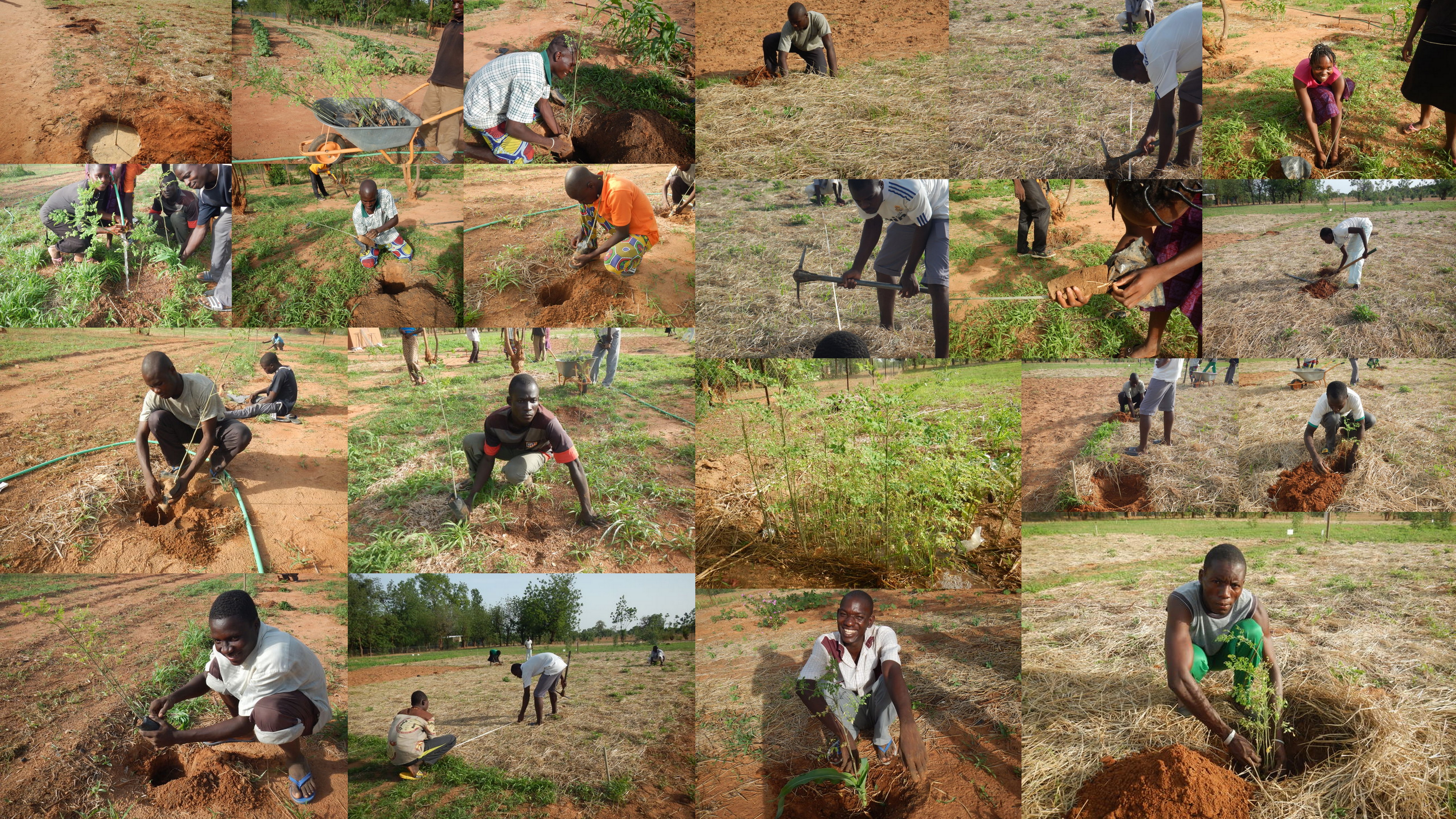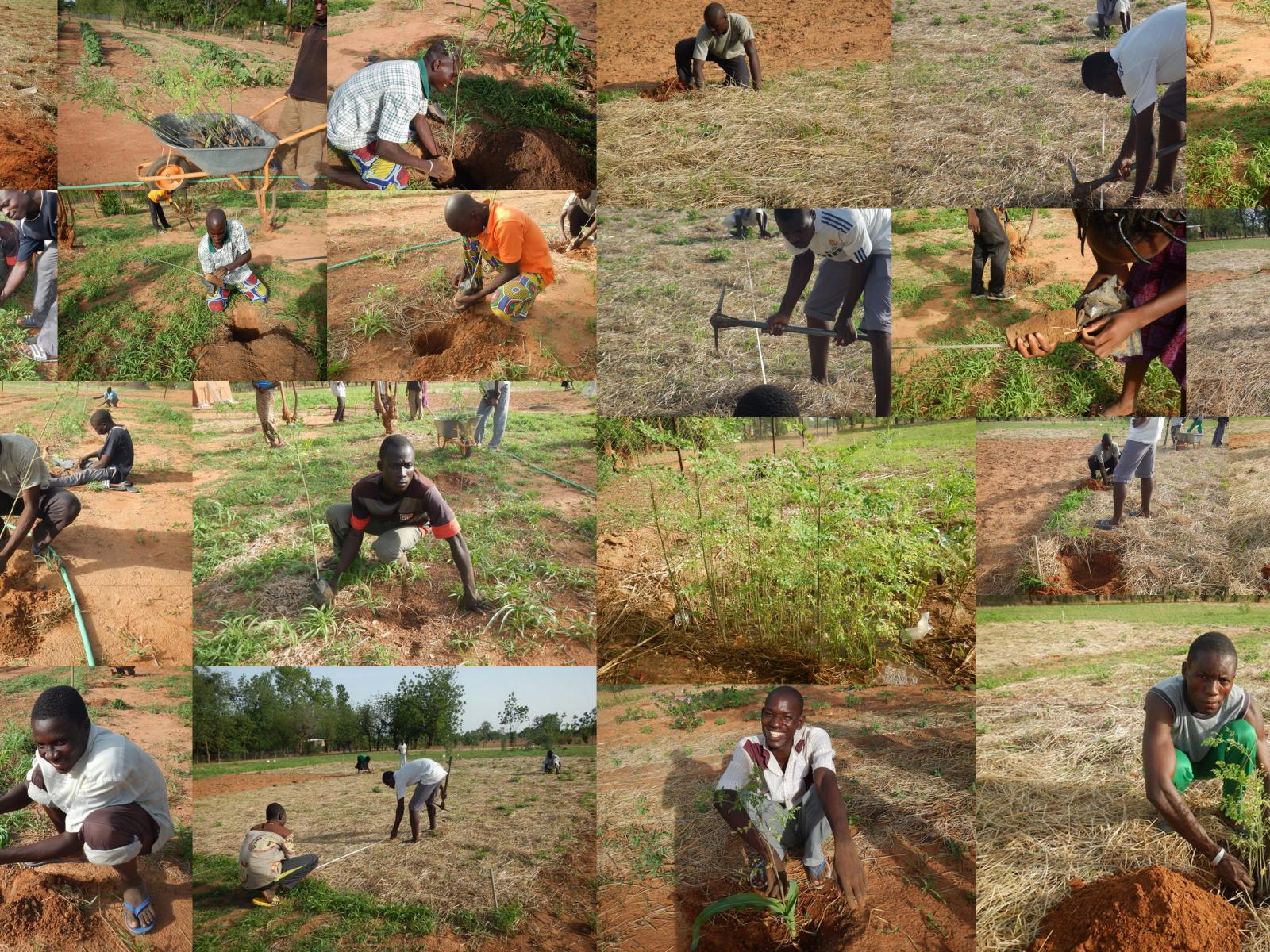An Overview Of Our Solution
- Population Impacted:
- Continent: Africa
Organization type
Population impacted
Size of agricultural area
Production quantity
People employed
Describe your solution
Describe your implementation
External connections
What is the environmental or ecological challenge you are targeting with your solution?
Describe the context in which you are operating
Japan experienced the worst farming crisis between 1995-2015 marked with a drastic halving of workers in farming and forestry, associated with the average age increase to 66. The conventional practice is no more sustainable in terms of income level and community building. Pollution from agricultural land is the major source that is affecting aquatic ecosystems and negatively impacting the fishery. Not only field biodiversity but the nutrition profile of conventional products is also worsening in terms of micronutrients, seen as relevant to the increase of national medical expenditure that accounts for more than 40% of the entire national budget.
Burkina Faso is an extreme example of poverty, desertification and consequent insecurity caused by inappropriate agricultural practice such as land conversion to farmland and overgrazing. Because the political situation is unstable, the rural development such as the construction of roads and technological supports on farming are left behind. Water resource is scarce while some regions in rainy season suffer from flooding by the lack of soil. Malnutrition and food security is a prevalent problem in the entire nation.
How did you impact natural resource use and greenhouse gas emissions?
Language(s)
Social/Community
Water
Food Security/Nutrition
Economic/Sustainable Development
Climate
Sustainability
Both projects in Japan and Burkina Faso did not receive public funding or other subsidies. These pilot projects were performed under autonomous activities of Sakura Nature School (corporation) in Japan and AFIDRA (NGO) in Burkina Faso, with a research initiative of Sony CSL. The development of each farm was supported by the market-based revenue with local production for local consumption basis, except a part of produce was home-delivered as vegetable boxes all over Japan.
Return on investment
Entrant Banner Image

